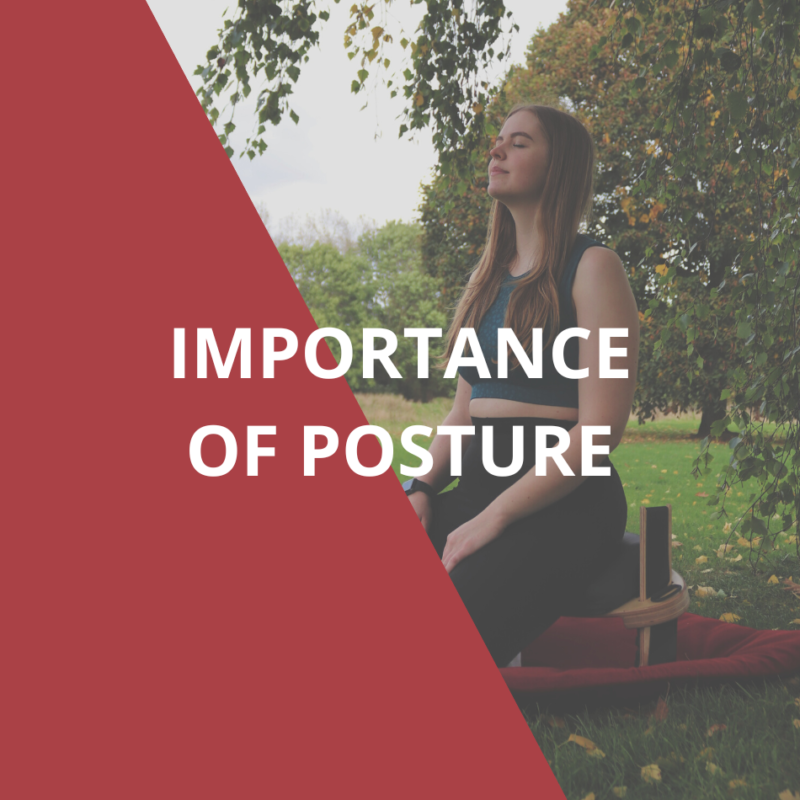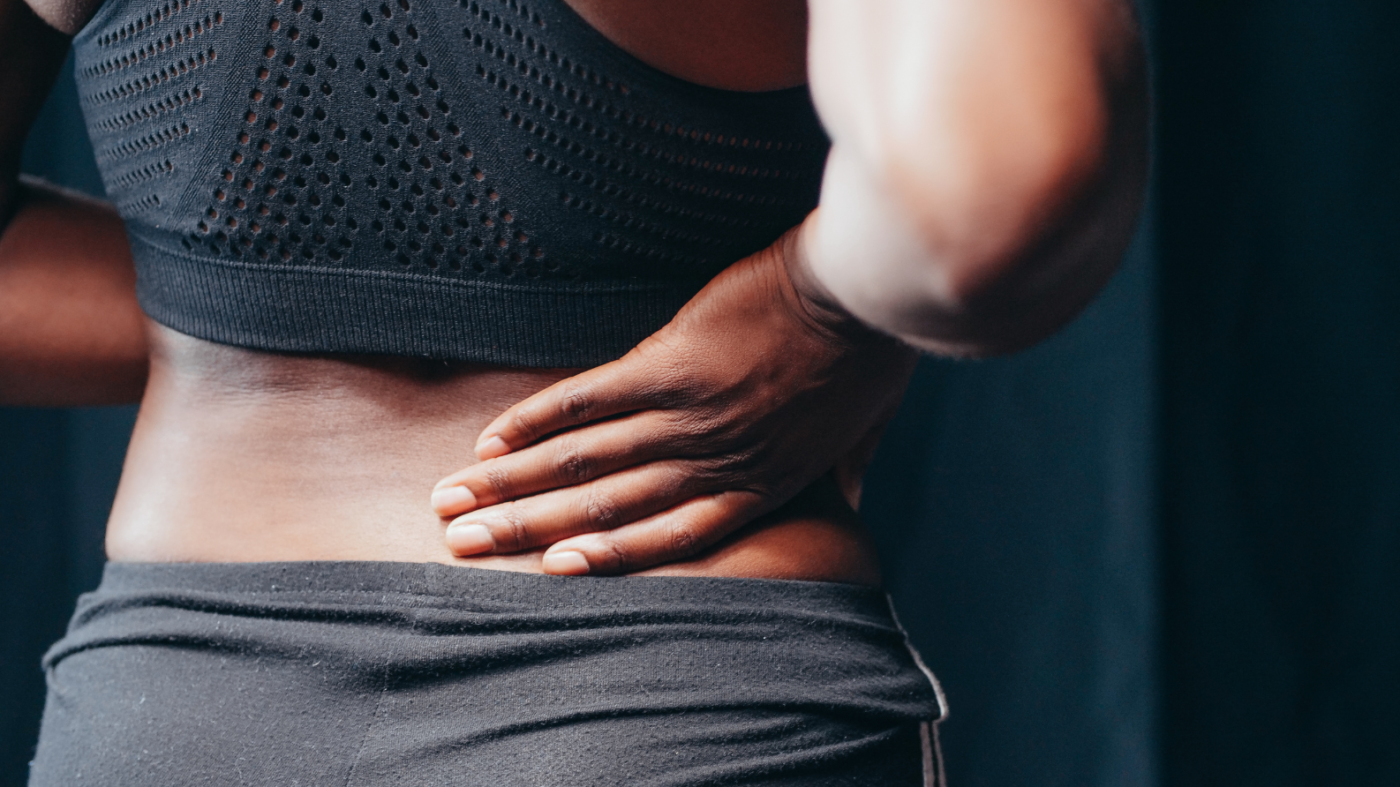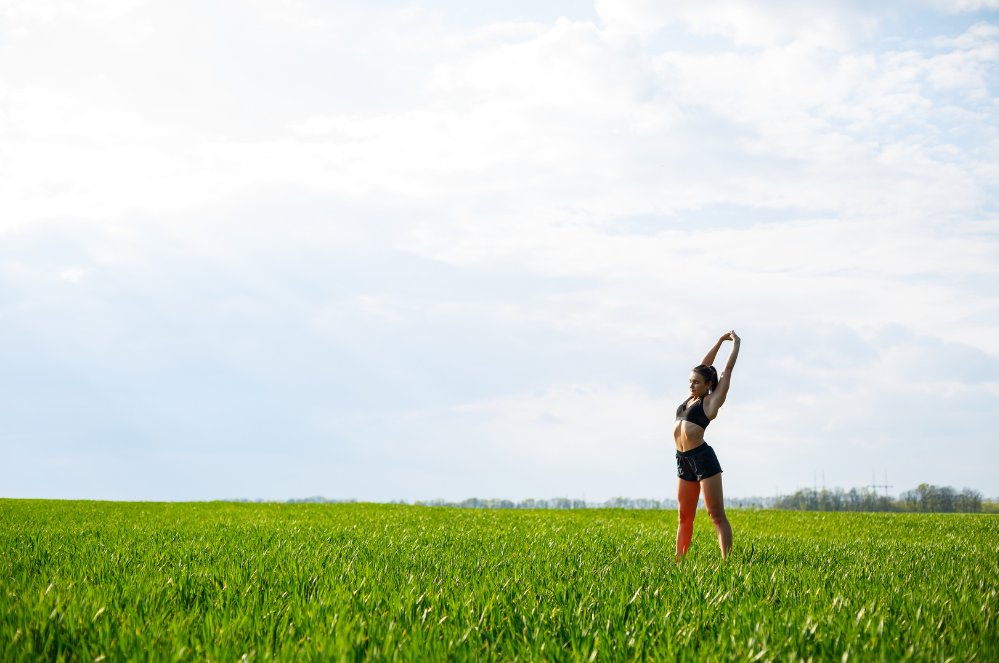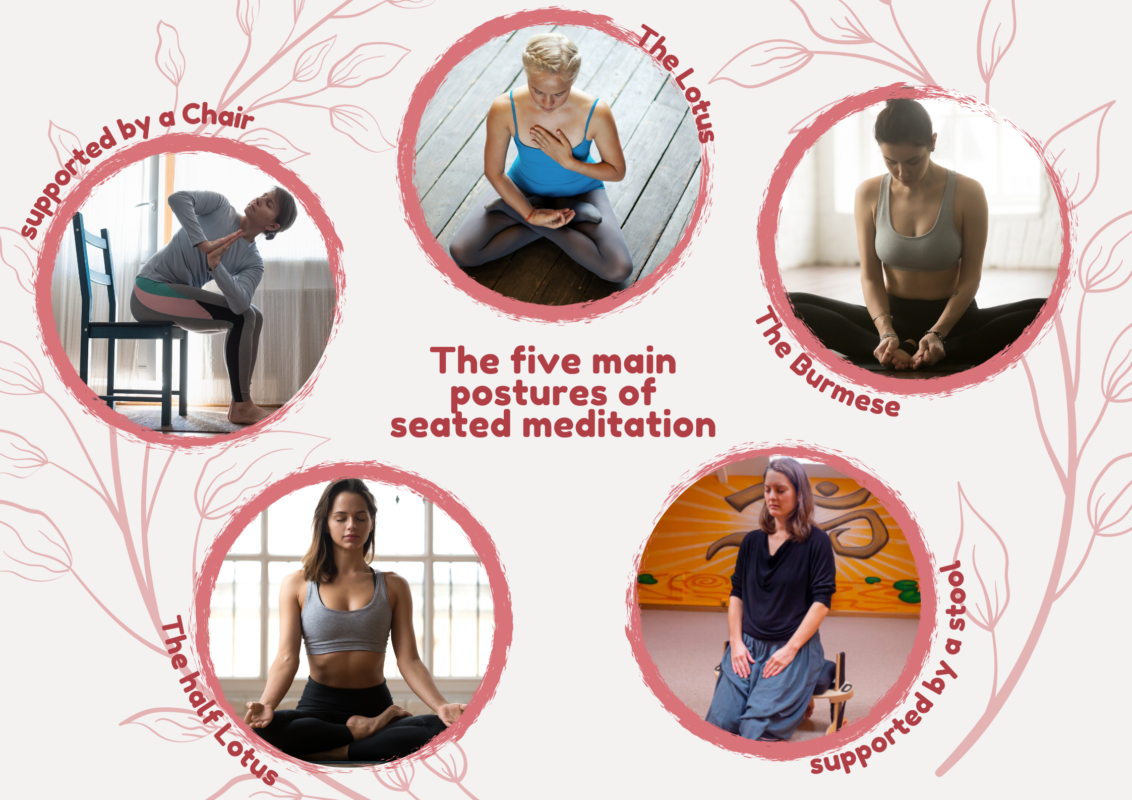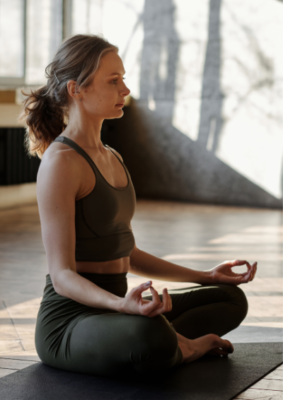Ressources
Importance of Posture
What is Posture?
Posture is in reference to how you place your body when you’re sitting, standing or lying down. Having good posture means your body is in proper alignment, and involves training yourself to position your body, against gravity, with the least amount of strain and tension. Sporting the correct posture involves:
- Your joints and bones all being in optimal alignment
- Maintaining the spine’s natural curvature
- Your neck straight
- Your shoulders parallel with the hips
When the body is in optimal alignment, it decreases the wear and tear on your supportive bodily structures. If you wish to find out about the different types of posture imbalance, and how to correct them, read this NHS article.
Why is Posture so Important?
The reason posture is so important is because it keeps your joints and bones in optimal alignment, reducing long term neck and back pain. It also allows for painless movement, with your body supporting your weight easily. Any poor posture can result in tension on your tendons, muscles and ligaments, in turn harming your neck and back. Here are some additional benefits of good posture:
Improving digestion
When you slouch, your body is in an unnatural position for your abdominal organs. Stooping, hunching over and slouching can interfere with proper digestion, increasing the risk for acid reflux. If you’re experiencing heartburn when you’re slouching, sitting up and correcting your posture can be a simple form of relief.
Improving muscle and joint function
Good posture equates to your muscles and other structures functioning properly, avoiding abnormal wear and tear. The manner in which you carry your body dictates how much stress is placed on your joints. Research suggests that correcting posture in the form of physical therapy can help arthritis patients too, stressing the important link between posture and joint health. Correct body alignment can reduce muscle fatigue and strain, helping your joints remain healthy and lubricated.
Improving Mood
When thinking about things which improve your mood, posture isn’t one we think of frequently. Looking at it from a physical perspective, your brain and body have two-way communication, meaning your mood affects your posture and vice versa. Studies have shown that slumped and stooped postures can worsen negative thoughts and feelings. Next time you notice your mood sinking, try standing up, sitting up right, having a stretch and taking deep breaths. You may notice a gentle lift in your mood after doing so.
How Can I have Correct Posture in my Kindseat?
Traditionally in meditation, the notion of “uprightness” has been explored as human beings evolved into upright creatures. It relates to the upper body when sitting during meditation and the feeling of being upright. This is applicable to the main five seated positions of meditation as shown below. If you wish to understand more about the history of posture in meditation, read this research paper.
When analysing them more closely, all of the leg positions are different, however from the waist up the structure is very much the same. This is where posture is most important; the same posture can be used in nearly every practice, making it even more important to get it right.
Importance of a sturdy base
When sitting cross legged, having a strong triangular base for your body to rest on is vital. There are three important parts of your lower body that need to be in the correct position in order to have the best posture:
- The pelvis
- The tailbone
- The sit bones
The pelvis needs to be level when meditating in order for everything resting on top of it to be aligned, reducing the risk of injury. The tailbone, found above the pelvis, has a habit of tucking in. This forces the spine to bend into a C shape: the waist falling backward as the head and jaw comes forward. This position is bad for your joints, digestion and can create long term damage. This can also be because of your sit bones being poorly positioned. The centre of your body sits directly above the sit bones meaning if your sit bones aren’t centred, your posture has no stability.
Creating a solid base for the body to rest on is most easily achieved using a meditation bench, such as the Kindseat; the height provided supports the pelvis and tailbone, whilst aligning the sit bones. When the sitting bones are aligned with the ground by using the Kindseat, the body enters the desired state of “uprightness”.
How do I ensure a sturdy base?
Whilst the support from the Kindseat should make the rest of your posture naturally fall into place, correcting your upper body from the start of your practice is very important. Being correctly aligned in all areas of the body makes for long, comfortable practices. Here is how to achieve just that:
Step 1: Elongate the spine
Your spine plays the vital role of uplifting the upper body, think of a string pulling up through your spine to the top of your head when getting into the correct position on your Kindseat.
Step 2: Resting your hands
Simply rest them in your lap, or if you prefer on your thighs – whatever feels most natural. If you wish to look into different ways to rest your hands, and the effect this has on your energy, read this Yoga Journal article.
Step 3: Relaxing your shoulders
It’s common to carry a lot of tension in your shoulders, relax them by letting the muscles in your shoulders and back shift away from your neck downwards. You should be creating slight tension pushing your shoulders backwards, strengthening your back whilst opening up the front of your body.
Step 4: Tucking in the chin
When tucking in your chin, make sure you’re not going too far and looking at your lap. The intention is to find a neutral position for your head and remove the strain of having it lifted.
Step 5: Opening the jaw
Loosening the jaw can help the muscles in the face feel more relaxed. Let your jaw hang open, avoid clenching it during your practise
Step 6: Resting the gaze
Meditation is a very personal experience, and everything you choose to do should be what feels best for you. This is the same with your gaze, you can either close or open your eyes. From a practical perspective, closing them means a greater chance of falling asleep. If you leave your eyes open, try to not focus too heavily on what’s happening in front of you. Focus on your breath and what you’re feeling.
Whilst this may seem like a daunting process, by taking time to establish your posture correctly, you will find it much easier to reset your mind, and connect with your practice.

